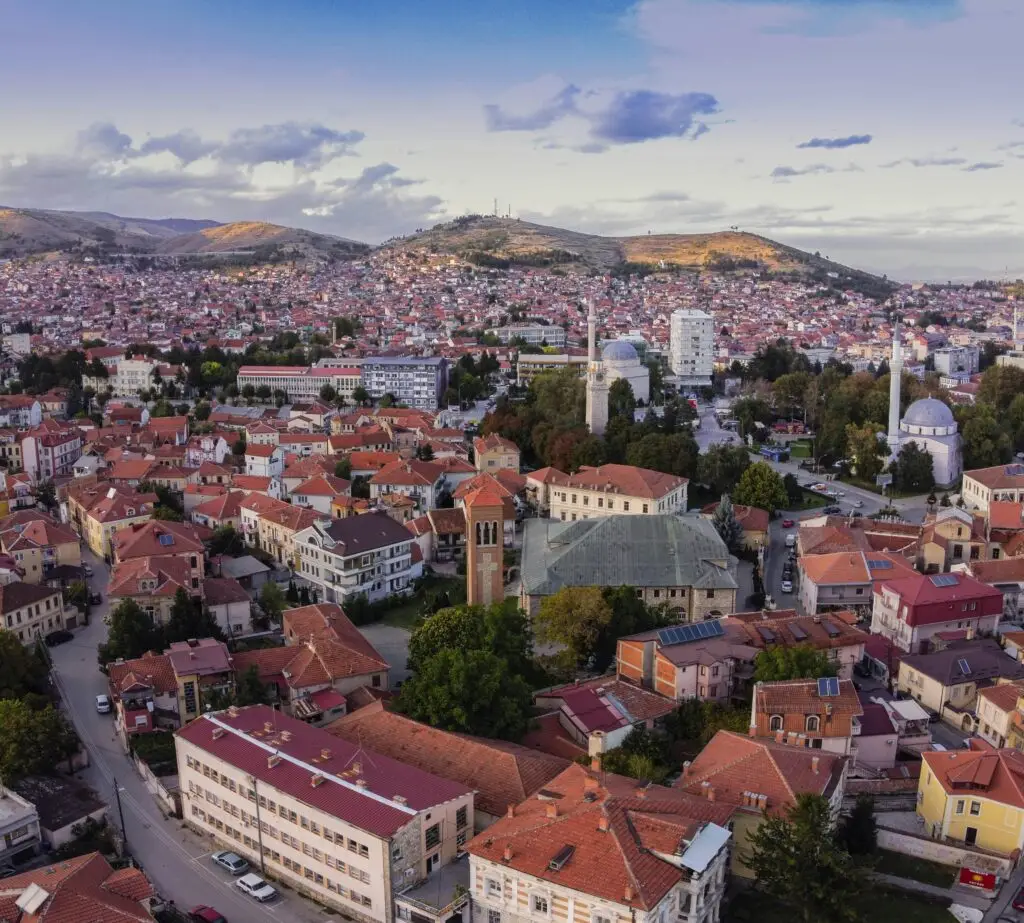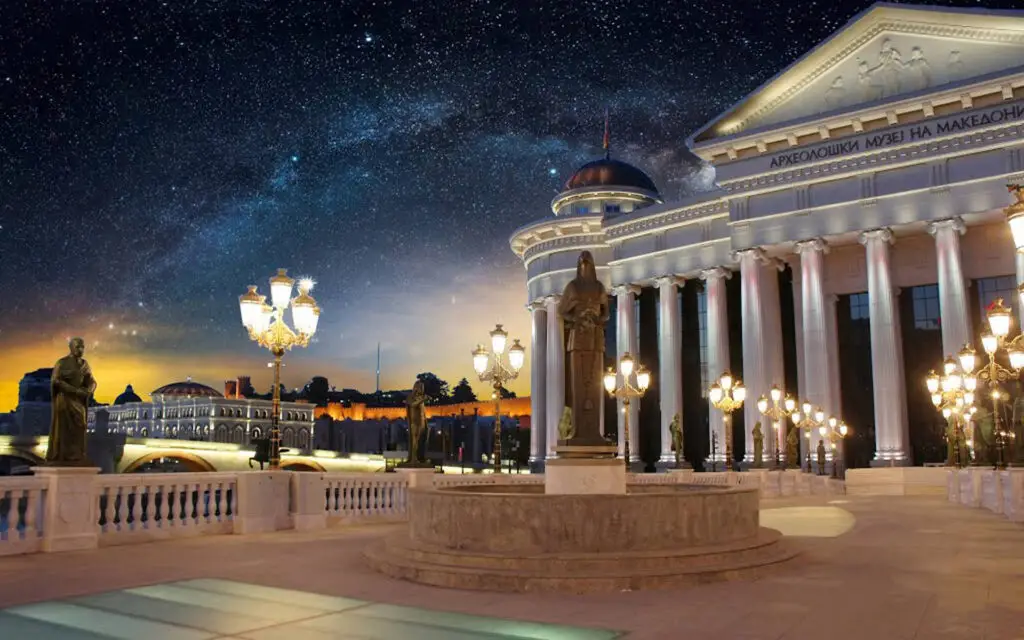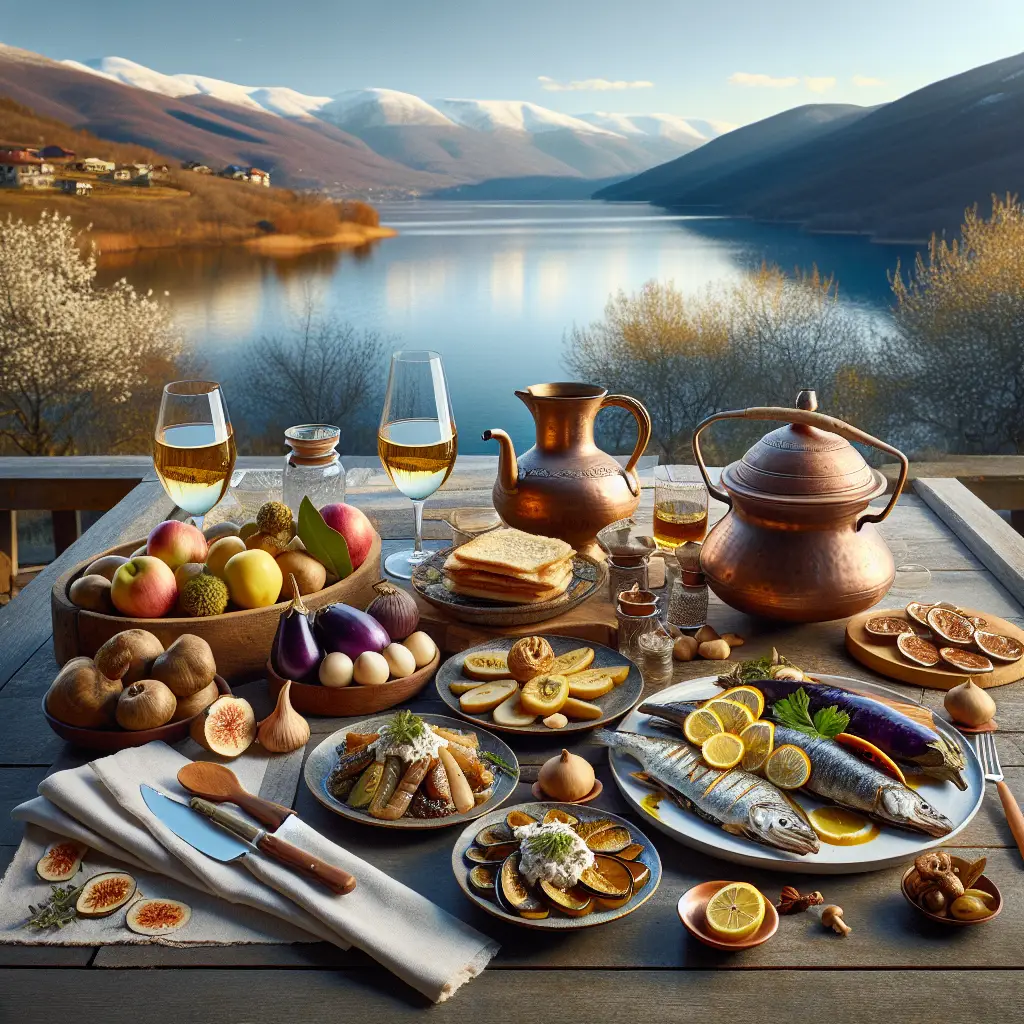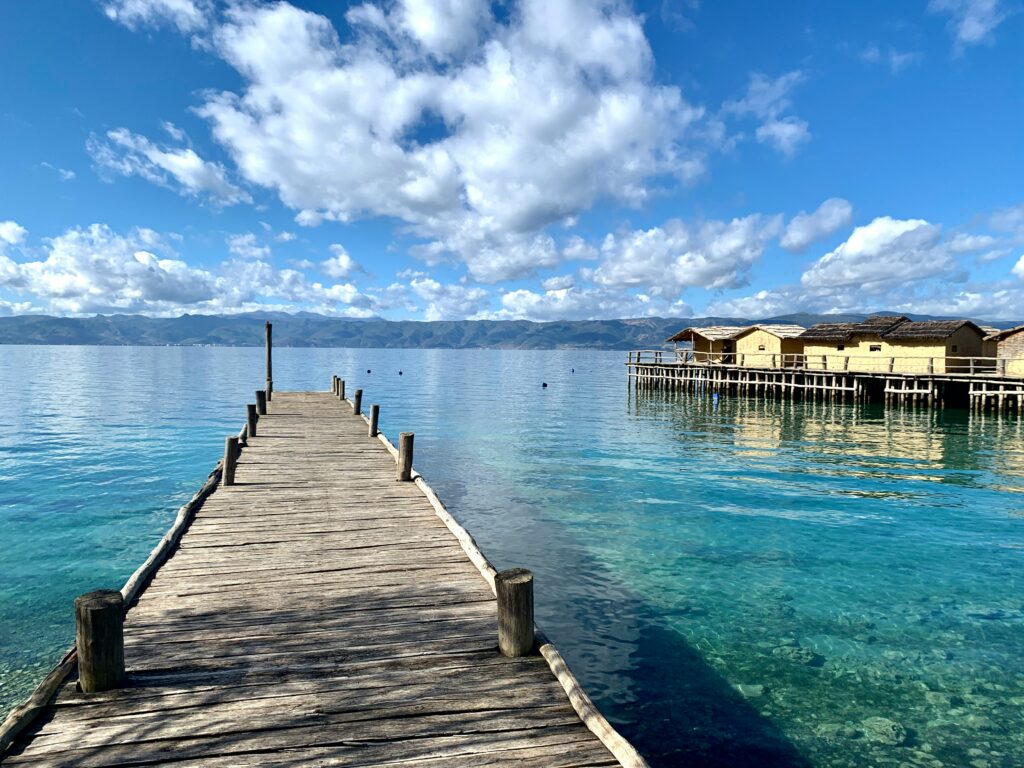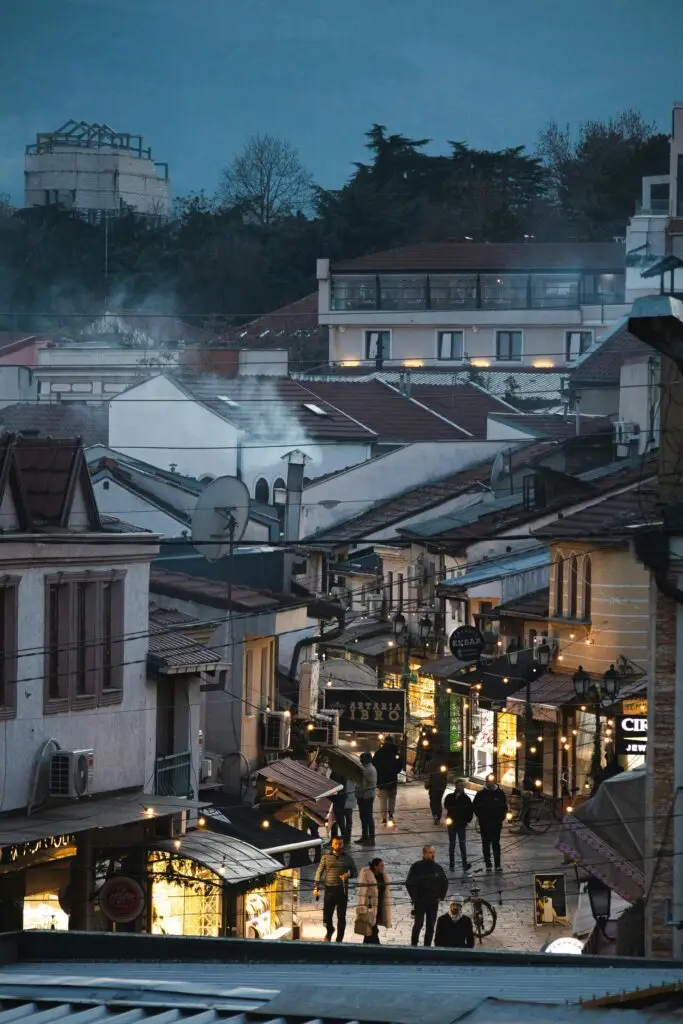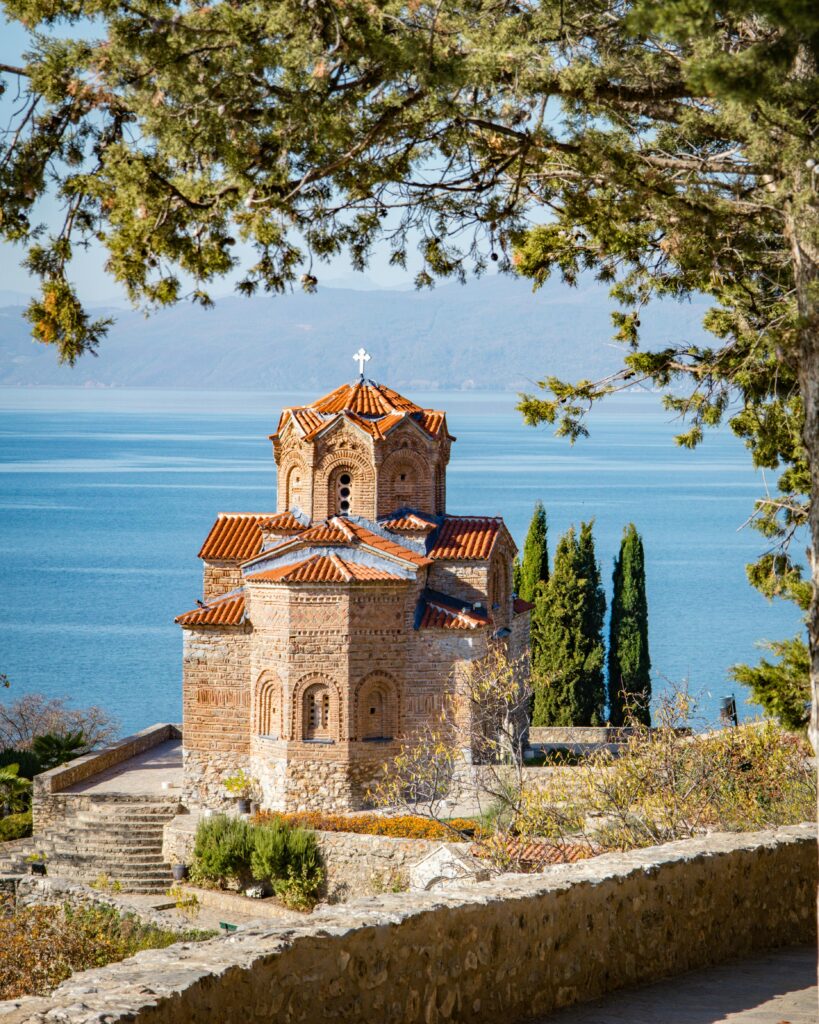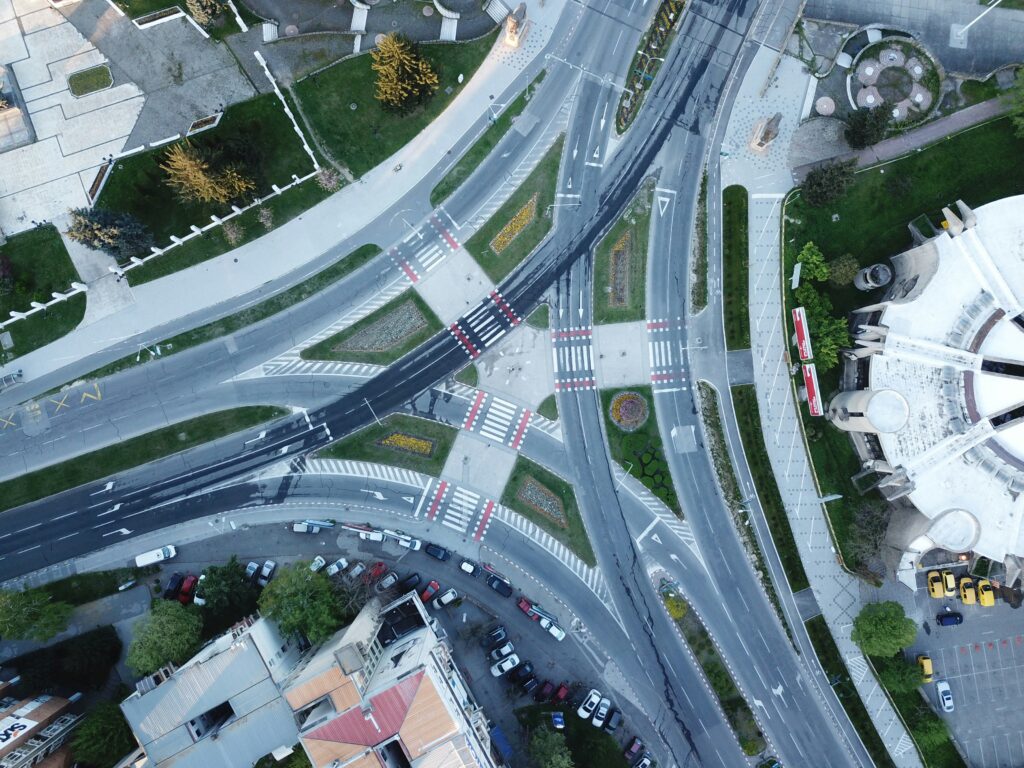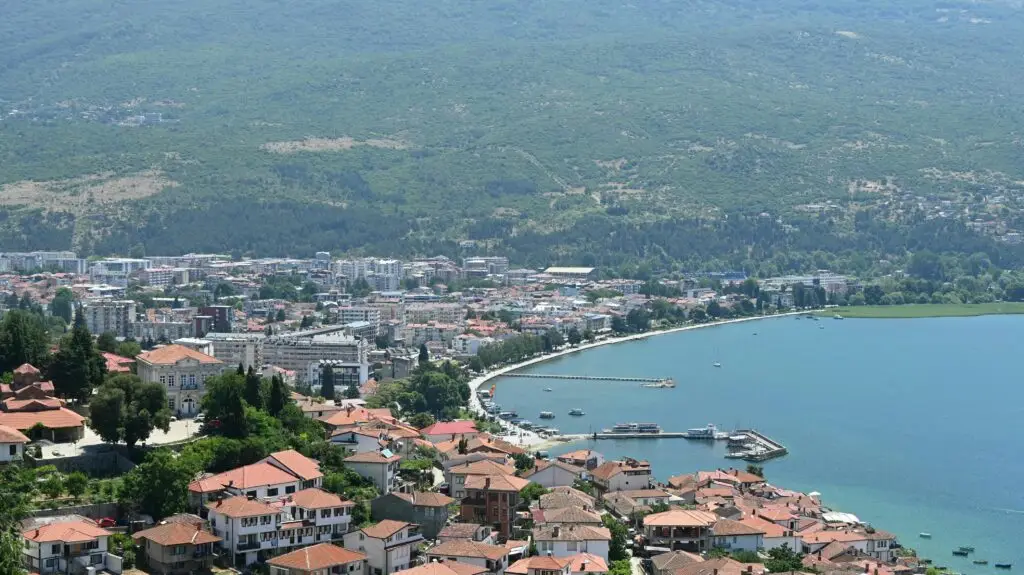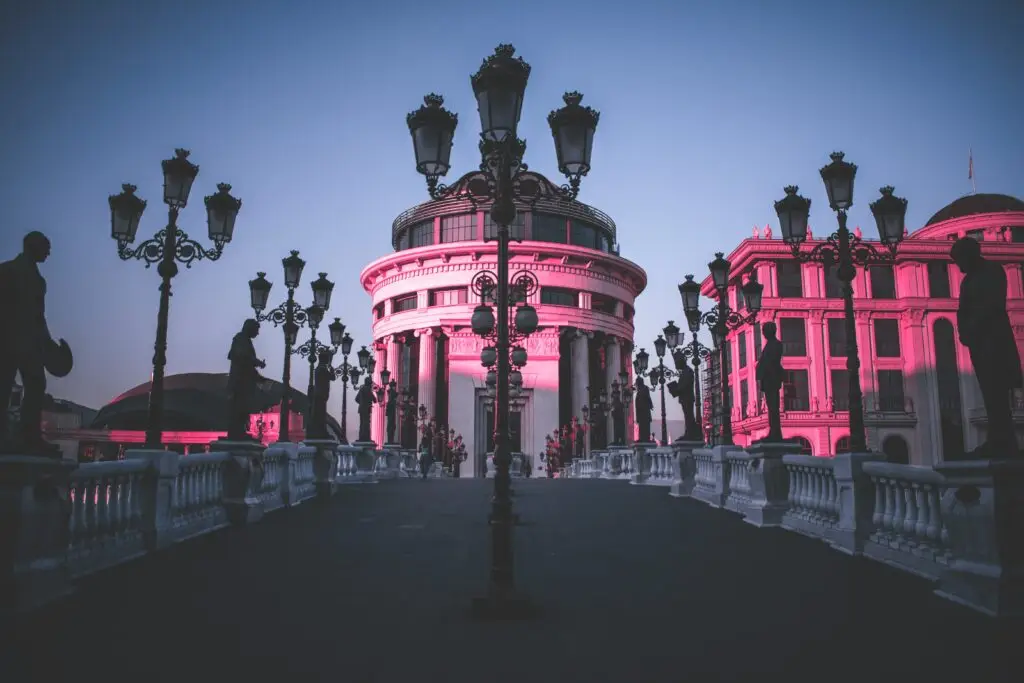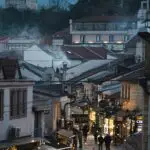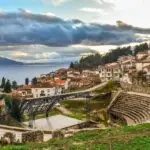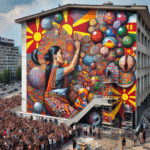Now Reading: Skopje’s Urban Oases: The Hidden Gardens Transforming the Capital
-
01
Skopje’s Urban Oases: The Hidden Gardens Transforming the Capital
Skopje’s Urban Oases: The Hidden Gardens Transforming the Capital

Behind ancient walls and between concrete buildings, Skopje's secret gardens offer tranquil retreats where urban gardeners are creating green sanctuaries that connect the city's past to a sustainable future.
In a city sometimes criticised for its controversial architectural makeover and summer heat, an unexpected movement is bringing life, colour, and community to Skopje’s overlooked spaces. Urban gardens – some centuries old, others brand new – are emerging as the capital’s most authentic gathering spots, where heritage seeds and progressive ideas flourish in equal measure.
“Skopje has always been a city of gardens,” explains urban historian Marko Aleksić. “Ottoman-era homes featured enclosed courtyard gardens, socialist-era neighbourhoods included community growing spaces, and even apartment dwellers cultivated balcony gardens. We’re not inventing something new – we’re reconnecting with our green heritage.”
This reconnection takes its most impressive form at the Kapan An in the Old Bazaar, where a 15th-century Ottoman caravanserai (travellers’ inn) has seen its internal courtyard transformed from neglected stone expanse to thriving garden. Fragrant herbs and heritage roses now flourish in geometric raised beds that echo Islamic garden traditions, while climbing vines soften the ancient stone walls.
“We researched what would have grown here historically,” says landscape architect Jasmina Petrovska, who led the restoration. “Many of these plant varieties would have been familiar to travellers staying here 500 years ago.” The space now hosts tea ceremonies featuring herbs grown on-site, alongside contemporary events from poetry readings to small acoustic concerts.
Across town in the primarily residential Aerodrom district, a different kind of garden revolution is taking place. Between Soviet-era apartment blocks, the community-led Urban Eden project has transformed a formerly neglected plot into a productive growing space where neighbours of all ages gather to cultivate everything from peppers for ajvar to cut flowers for celebrations.
“My grandmother taught me to garden, but living in an apartment, I had nowhere to practice those skills,” says Nikola Dimitrov, a 32-year-old graphic designer who helped establish the project. “Now I’m growing tomatoes from seeds she saved, alongside neighbours I previously only nodded to in the lift.”
The social impact extends beyond food production. At Café Gradina in Debar Maalo, owner Ana Simonovska has created a secret garden behind high stone walls, where tables nestle between fig trees and climbing roses. “Working from home became isolating for many people,” she observes. “We created this garden as an outdoor living room where freelancers and remote workers can connect while surrounded by nature.”
Even the city’s brutalist architecture is being reimagined through creative gardening. The rooftop of the formerly grey Telecommunication Centre now hosts Sky Garden, where planters made from reclaimed materials burst with native perennials specifically chosen to support urban pollinators. “We’ve recorded 17 bee species visiting since we opened last year,” notes urban ecologist Petar Jovanov proudly.
These green spaces are proving resilient to Skopje’s increasingly hot summers. At Garden of Possibilities, a community project near the city’s western edge, permaculture principles guide the design. “We’re using plants native to Macedonia’s drier regions, implementing rainwater harvesting, and creating microclimate zones,” explains founder Milena Stefanovska. “It’s not just beautiful – it’s a living laboratory for climate adaptation.”
The movement is attracting international attention as well. Dutch landscape architect Thomas Bergkamp, who visited several Skopje gardens for a sustainable cities conference, was impressed by their cultural sensitivity. “What’s remarkable is how these spaces honour Skopje’s multicultural history,” he notes. “You’ll see Ottoman design elements alongside Macedonian folk motifs and contemporary ideas – it’s a horticultural dialogue between eras.”
For visitors to the capital, these gardens offer welcome retreats from summer heat and urban bustle. Many now host small cafés serving teas featuring just-picked herbs or fruit-infused drinks made from garden harvests. Garden Sanctuary near the Archaeological Museum even offers “garden-to-glass” cocktails, where mixologists incorporate fresh botanicals into craft drinks served amidst lush greenery.
Accessibility is increasing as well. The newly launched Secret Gardens of Skopje map guides visitors to over twenty green spaces, from historic courtyards to contemporary pocket parks. Several, including the Alexander the Great secondary school garden, offer volunteer opportunities for visitors willing to trade a few hours of weeding or watering for the chance to connect with local gardeners.
As Skopje continues to define its modern identity, these urban oases represent a grassroots vision for the city’s future – one that honours its diverse heritage while creating sustainable, community-centred spaces where residents and visitors alike can briefly escape the urban rhythm and reconnect with nature’s slower pace.
“Gardens teach patience,” reflects Aleksić as he tends young seedlings in the Kapan An courtyard. “In a city that has sometimes rushed its development, these spaces remind us that the most meaningful transformations happen gradually, with care and attention to what came before.”


